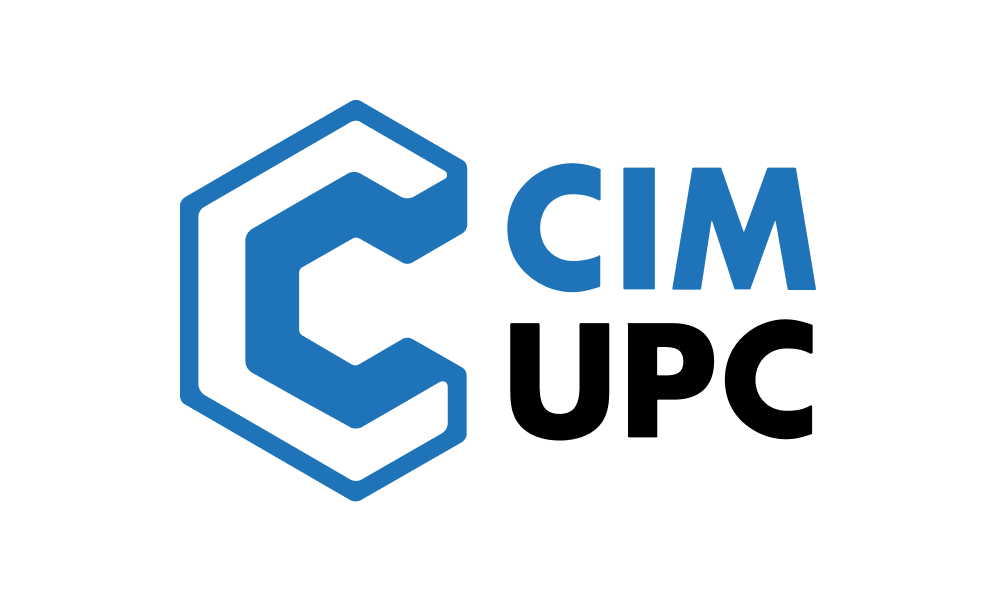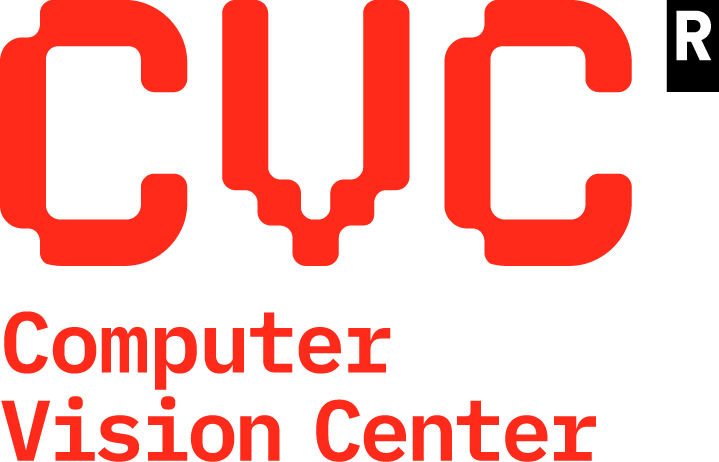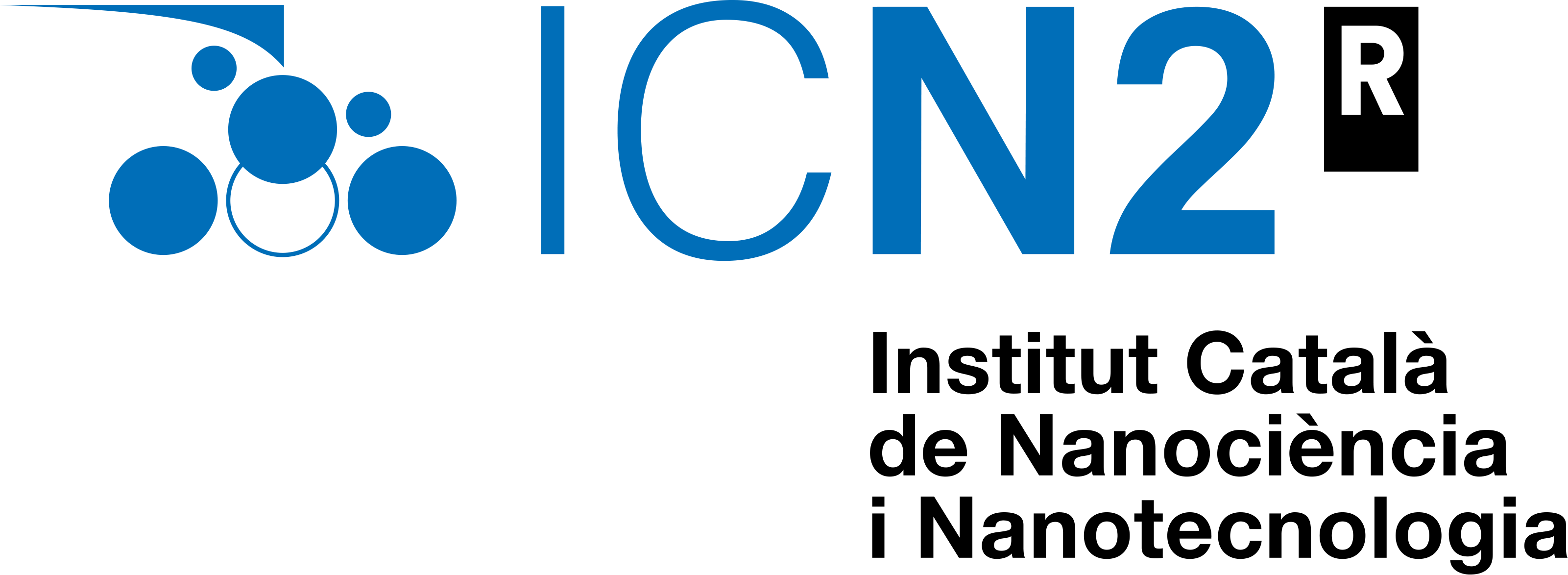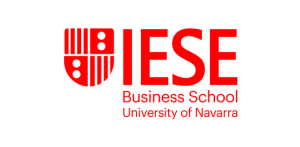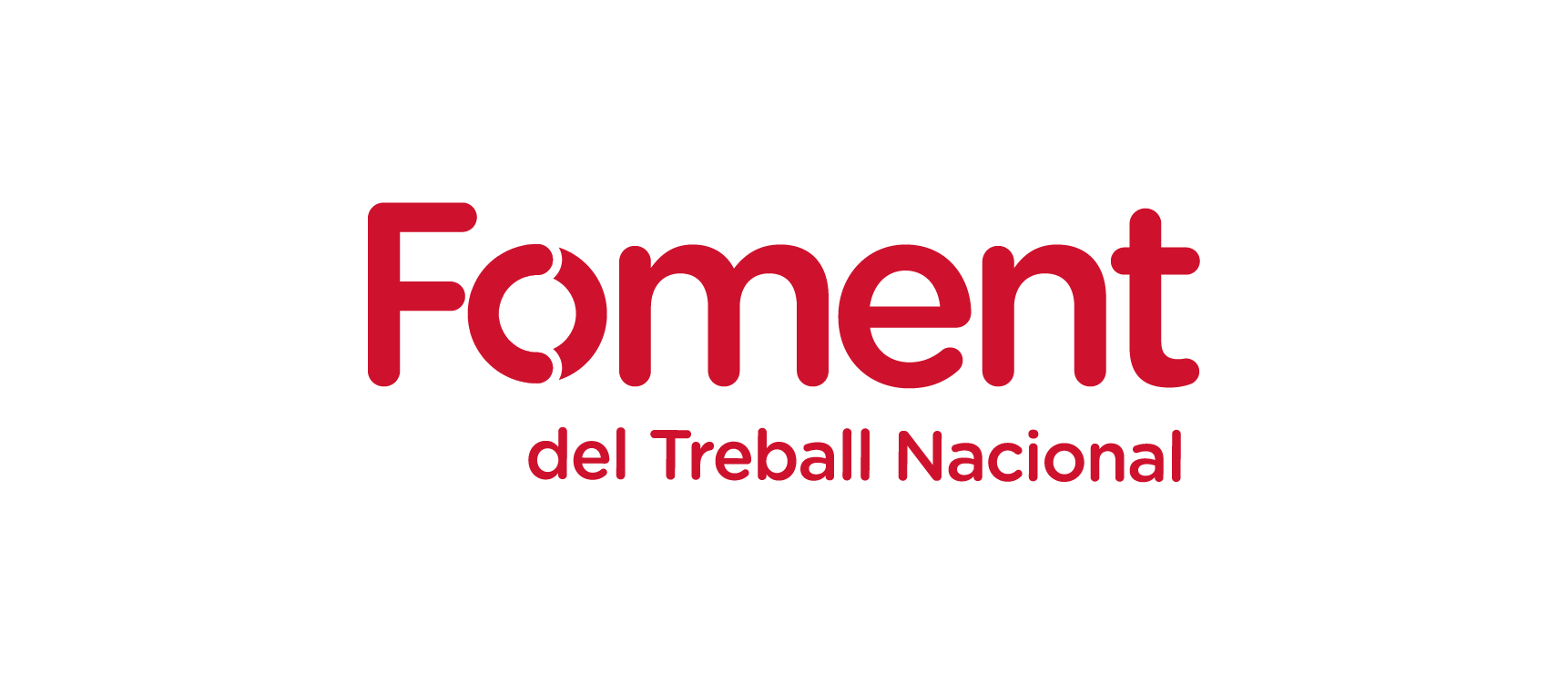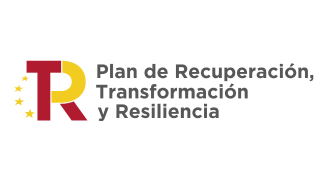PATC course (online): Managing distributed data with Hecuba and dataClay
- Supercomputing
- Thursday, 26 January 2023 From 10.00 a.m. to 5.30 p.m.
- There is no registration fee. The course is free of charge.
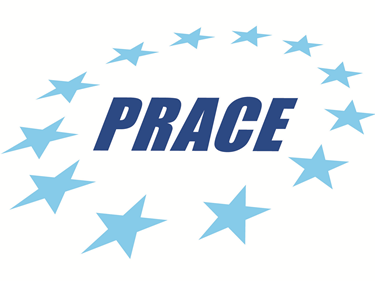
The objective of this course is to give an overview of BSC storage solutions, Hecuba and dataClay. These two platforms allow to easily store and manipulate distributed data from object-oriented applications, enabling programmers to handle object persistence using the same classes they use in their programs, thus avoiding time consuming transformations between persistent and non-persistent data models. Also, Hecuba and dataClay enable programmers to transparently manage distributed data, without worrying about its location. This is achieved by adding a minimal set of annotations in the classes.
Both Hecuba and dataClay can work independently or integrated with the COMPSs programming model and runtime to facilitate parallelization of applications that handle persistent data, thus providing a comprehensive mechanism that enables the efficient usage of persistent storage solutions from distributed programming environments.
Both platforms offer a common interface to the application developer that facilitates using one solution or the other depending on the needs, without changing the application code. Also, both of them have additional features that allow the programmer to take advantage of their particularities.
Objectiu de l'acte
In the course, the Hecuba and dataClay syntax, programming methodology and an overview of their internals will be given. Also, an overview of COMPSs at user level will be provided in order to take advantage of the distribution of data with both platforms. The attendees will get a first lesson about programming with the common storage interface that will enable them to start programming with both frameworks.
A hands-on with simple introductory exercises will be also performed for each platform, with and without COMPSs to distribute the computation. The students who finish this course will be able to develop simple Hecuba and dataClay applications and to run them both in a local resource and in a distributed platform (initially in a private cloud)
T'interessa si ets...
You may also be interested in
-
Industry 4.0 Course: Advanced technology within the company's reach
03/11/2022
-
Machine Learning: Introduction to Machine Learning and its applications in the electricity sector.
18/04/2023
-
Advanced Heterogeneous Programming on FPGAs with OmpSs@FPGA
22/03/2025
-
Artificial Intelligence Act: Opportunities for Responsible AI
10/07/2025





